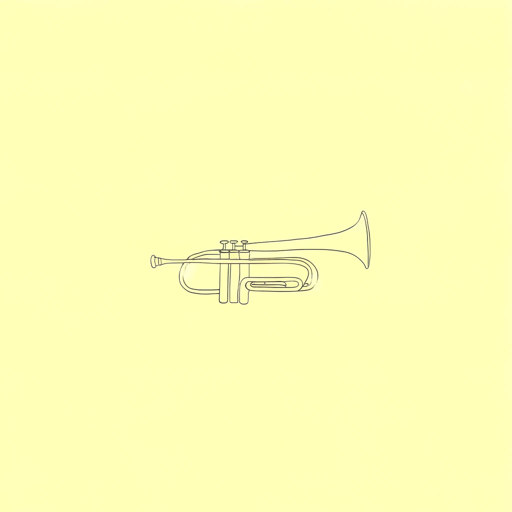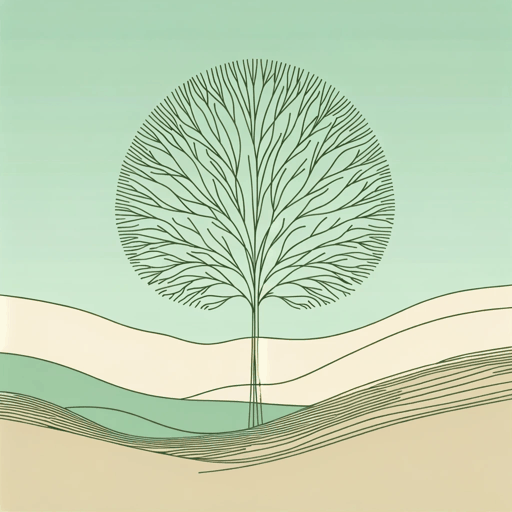20 pages • 40 minutes read
Claude McKayThe Lynching
Fiction | Poem | Adult | Published in 1922A modern alternative to SparkNotes and CliffsNotes, SuperSummary offers high-quality Study Guides with detailed chapter summaries and analysis of major themes, characters, and more.
Literary Devices
Form and Meter
The form and meter of McKay’s “The Lynching” combine elements of different poetic traditions. At 14 lines, the poem adopts the form of a sonnet, composed of three quatrains (a stanza of four lines) and a final rhyming couplet. While the poem initially seems to closely adhere to the traditional sonnet form, closer inspection reveals McKay deliberately subverts and adjusts the sonnet form for his purposes. The poem follows an ABBA CDDC EFFE GG rhyme scheme, which combines elements of the two major sonnet traditions. A typical Shakespearean sonnet follows an ABAB CDCD EFEF GG rhyme scheme, rhyming every other line until the final couplet. Split into an octave (a stanza of eight lines) and a sestet (a stanza of six lines) rather than three quatrains and a couplet, the Petrarchan sonnet either follows an ABBAABBA CDECDE or ABBAABBA CDCCDC rhyme scheme. Like the Shakespearean sonnet form, “The Lynching” contains three distinct quatrains that do not share rhymes and a rhyming couplet. However, like the Petrarchan sonnet, McKay’s poem does not rhyme every other line but instead rhymes in an ABBA pattern.
Related Titles
By Claude McKay

America
Claude McKay

Home To Harlem
Claude McKay

If We Must Die
Claude McKay

Joy in the Woods
Claude McKay

The Harlem Dancer
Claude McKay

The Tropics in New York
Claude McKay

The White House
Claude McKay

To One Coming North
Claude McKay

When Dawn Comes to the City
Claude McKay

